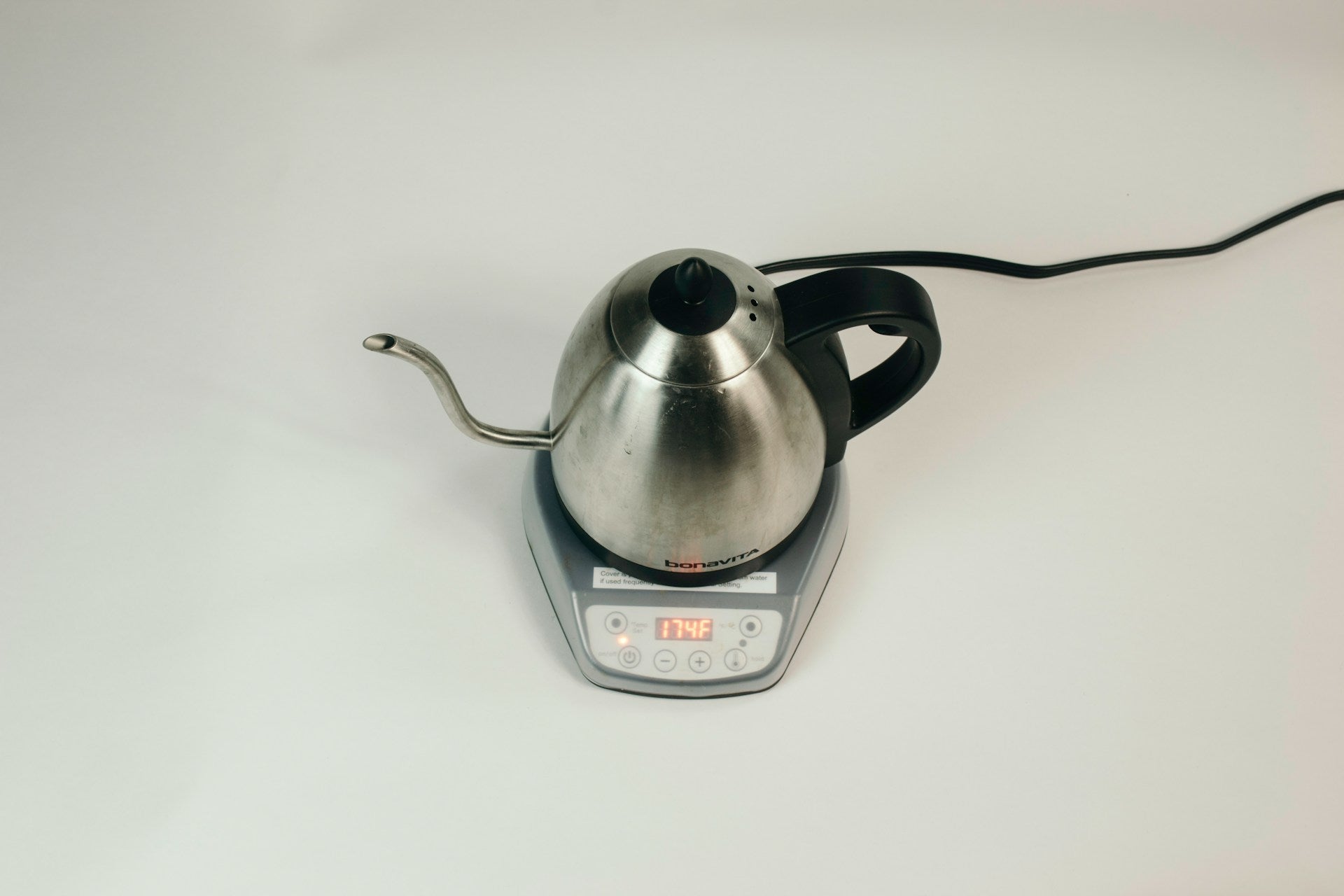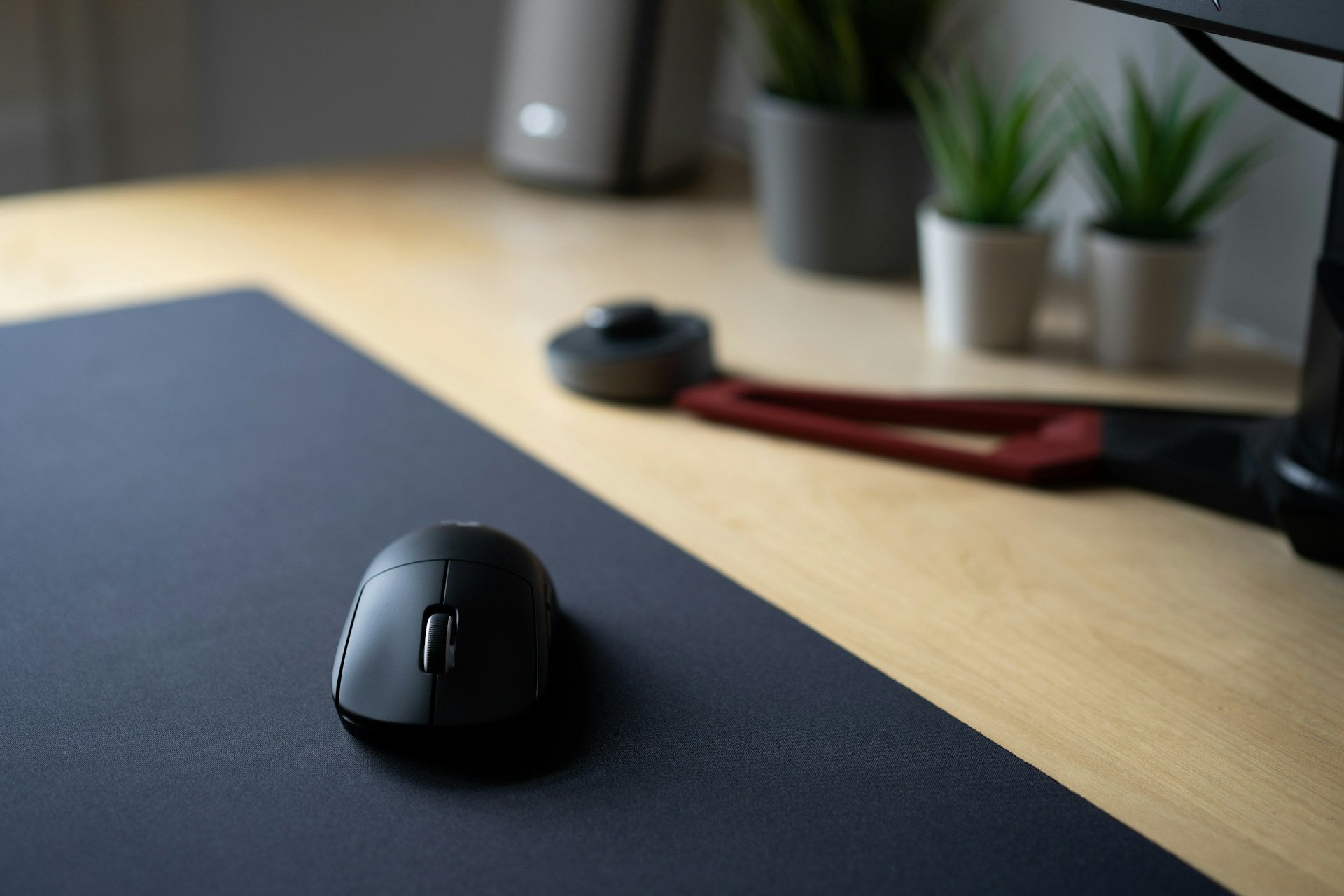
How to Clean an Electric Kettle
Tea time isn’t happening if the kettle is on the fritz. Let’s dive into the nitty-gritty of maintaining one of your most loyal companions in the kitchen – the electric kettle. Discover tips and tricks for keeping your electric kettle in pristine conditions, as well steps for making sure it continues to work at its best.
How to Clean Your Electric Kettle

Discover different methods for tackling dirt, grime, and stains on your electric kettle.
Dish Soap Method
Things You’ll Need:
- Unscented dish Soap
- Water
- Microfiber towel
- Fill your electric kettle halfway with equal parts water and a drop of mild, unscented dish soap.
- Bring the solution to a boil.
- Allow it to sit for 15-20 minutes.
- Pour out the solution and rinse the kettle thoroughly.
- Boil plain water once or twice to eliminate any lingering soap.
- Dampen your microfiber towel with the vinegar solution.
- Gently wipe down the exterior, paying extra attention to stains and spots.
Vinegar Method
Things you’ll need:
- White vinegar
- Water
- Microfiber towel
Steps:
- Fill your electric kettle halfway with equal parts water and white vinegar.
- Bring the solution to a boil.
- Allow it to sit for 15-20 minutes.
- Pour out the solution and rinse the kettle thoroughly.
- Boil plain water once or twice to eliminate any lingering vinegar odor.
- Dampen your microfiber towel with the vinegar solution.
- Gently wipe down the exterior, paying extra attention to stains and spots.
Pro tip: For stubborn stains, make a paste of vinegar and baking soda, apply, and scrub gently.
Lemon Method
Things you’ll need:
- Lemons
- Water
- Microfiber towel
Steps:
- Fill the kettle with water and add lemon slices or lemon juice.
- Bring the solution to a boil.
- Allow it to sit for 15-20 minutes.
- Discard the solution and rinse thoroughly.
- Boil plain water to remove any remaining lemon scent.
- Rub lemon slices on exterior stains or discoloration.
- Wipe the exterior with a microfiber towel.
Pro tip: For tougher stains, mix lemon juice with baking soda to create a paste.
Baking Soda Method
Things you’ll need:
- Baking soda
- Water
- Microfiber towel
Steps:
- Mix a tablespoon of baking soda with water to create a paste.
- Apply the paste to stains inside the kettle.
- Let it sit for 15-20 minutes.
- Scrub gently with a soft brush.
- Rinse thoroughly.
- Dampen your microfiber towel with water.
- Sprinkle baking soda on tough exterior stains.
- Gently scrub in a circular motion.
- Wipe clean.
Pro Tip: Baking soda is a mild abrasive, great for lifting stains, so avoid abrasive pads that can scratch the kettle's surface.
Cola/Pepsi Method
Things you’ll need:
- Cola or Pepsi
- Water
- Microfiber towel
Steps:
- Pour cola or Pepsi into the kettle until it covers the stains.
- Allow it to sit for 1-2 hours.
- Boil the cola solution.
- Discard the solution, rinse, and boil plain water to eliminate any residue.
- Dampen your microfiber towel with cola.
- Wipe down the exterior, focusing on stains.
- Rinse the kettle thoroughly.
Pro Tip: Be cautious with colored sodas to avoid staining your kettle.
Frequently Asked Questions

What are the white marks forming inside and outside my kettle?
Those stubborn white marks are likely limescale deposits and mineral deposits caused by mineral-rich water. Combat them with the Vinegar or Lemon Method for a spotless kettle.
What’s the fastest way to descale an electric kettle?
For a quick descaling fix, the Cola/Pepsi Method works like a charm. Just be sure to rinse thoroughly to remove any stickiness.
What are the best ways to care for an electric kettle?
For a clean kettle every time, practice regular descaling, wiping down the exterior, and avoiding leaving water in the kettle when not in use.


























